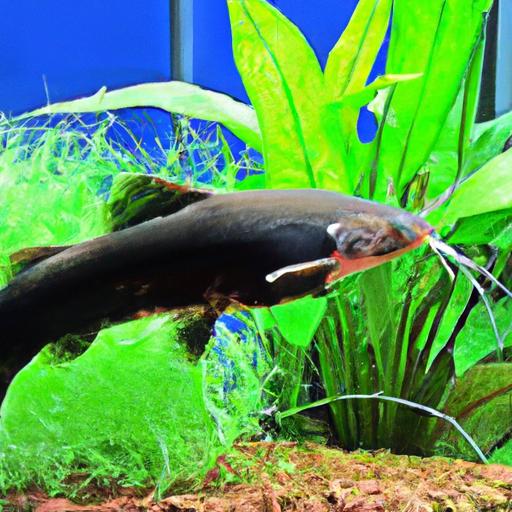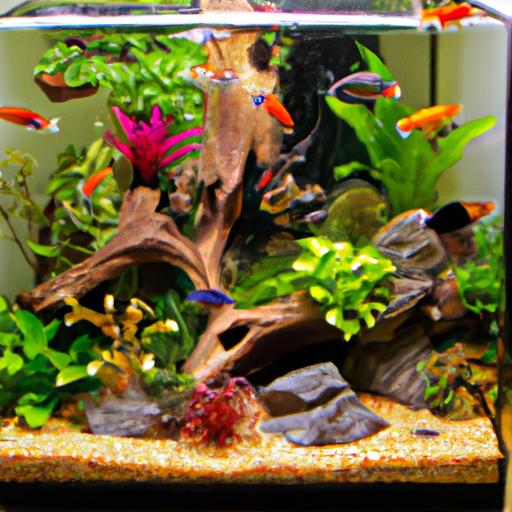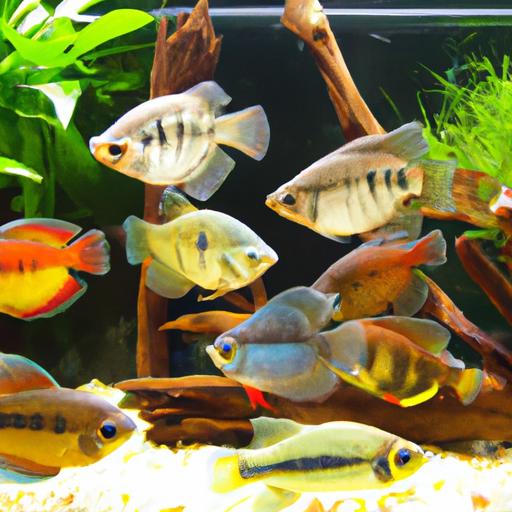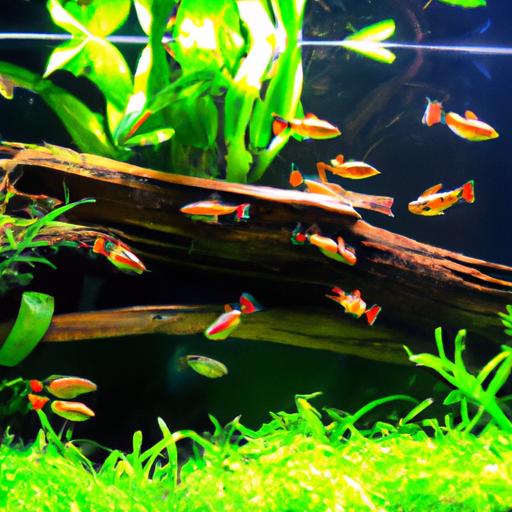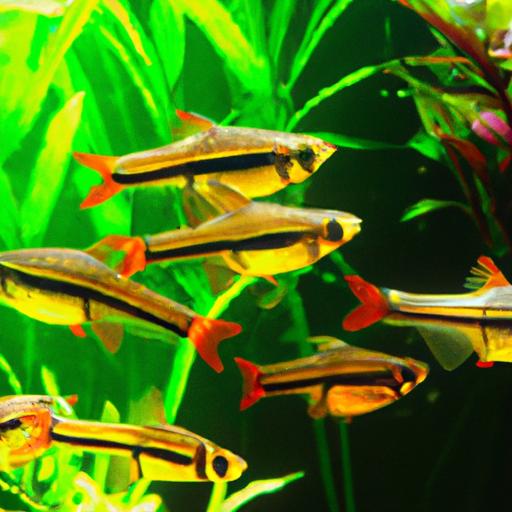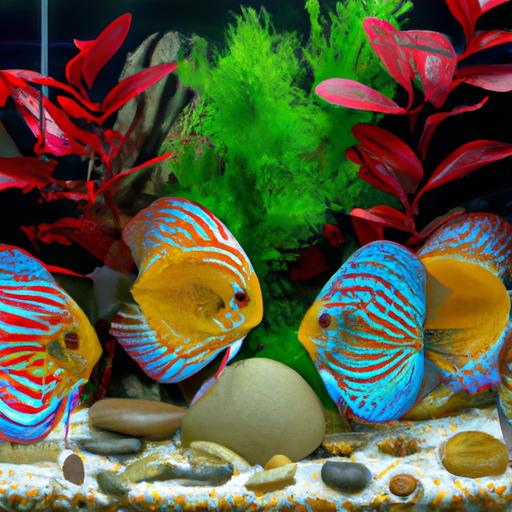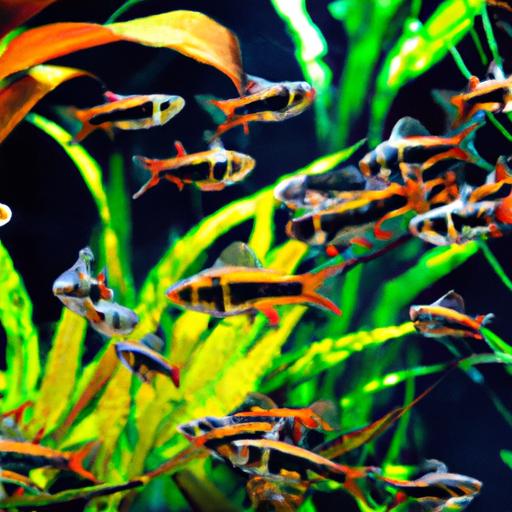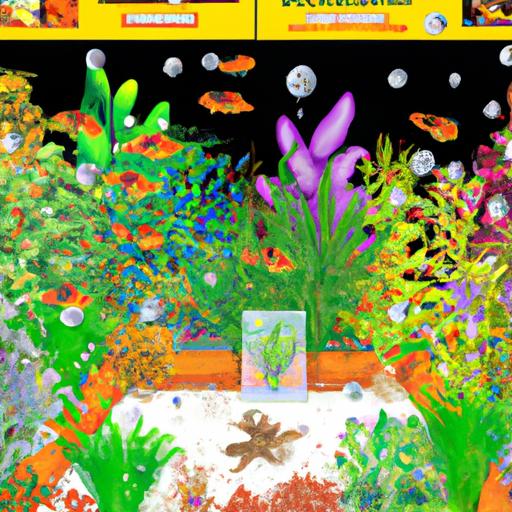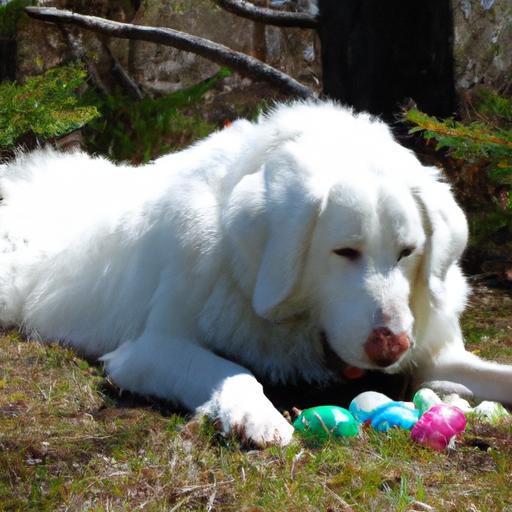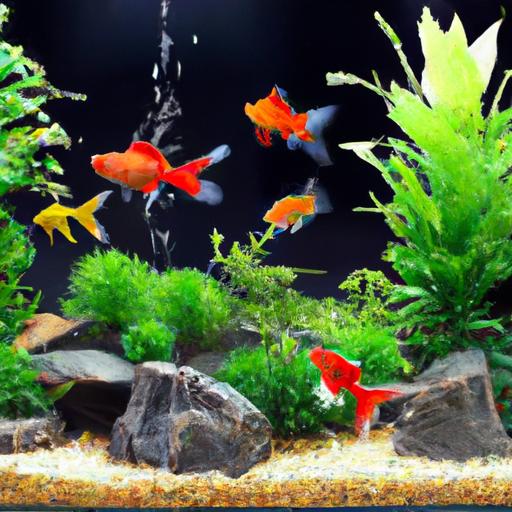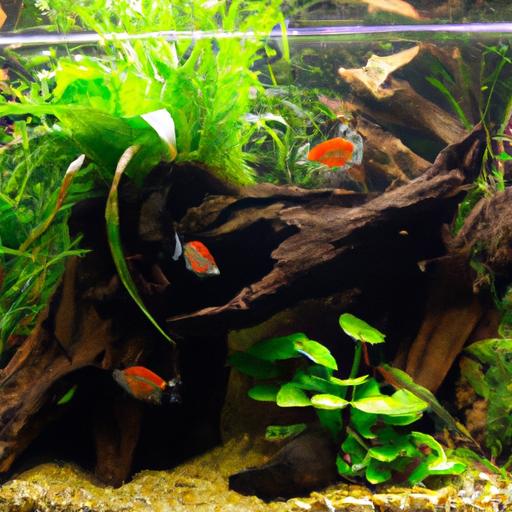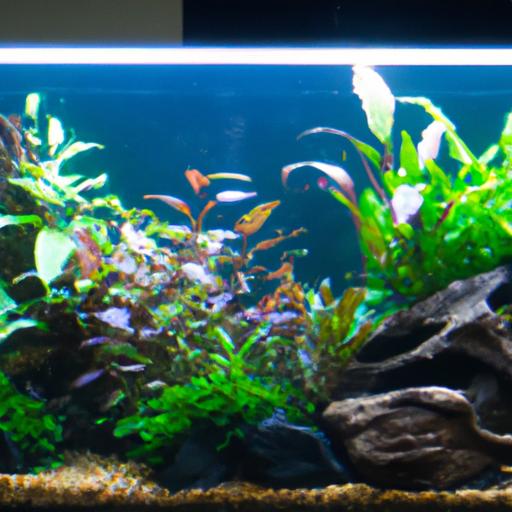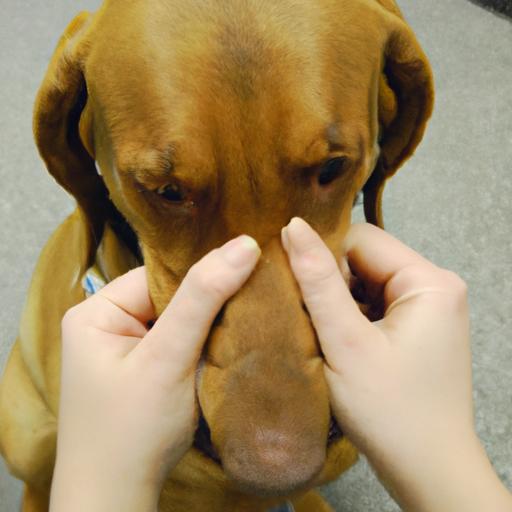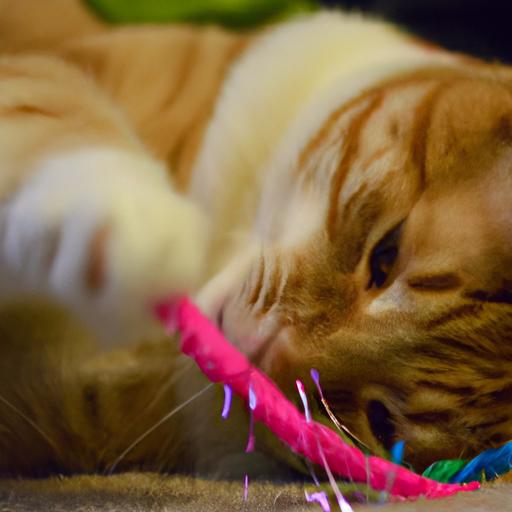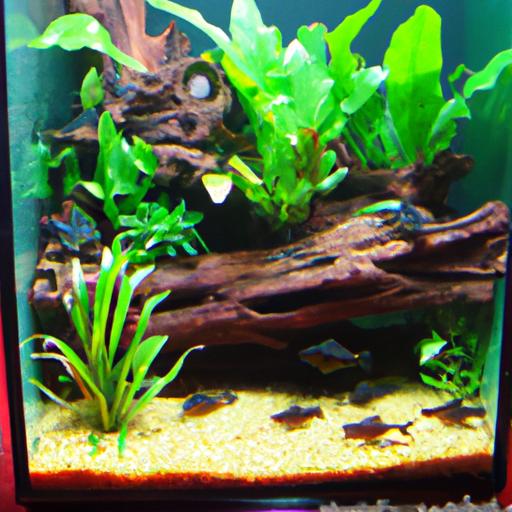
Best Practices for Pleco Fish Tank Setup: A Comprehensive Guide
Discover the best practices for Pleco fish tank setup. From tank size to water parameters, create an optimal environment for your Plecos. Expert advice here!
Introduction
Are you a fish enthusiast looking to set up a beautiful and thriving Pleco fish tank? If so, you’ve come to the right place! The key to creating an optimal environment for your Plecos lies in following the best practices for their tank setup. In this article, we will guide you through the essential steps and considerations to ensure a successful Pleco fish tank setup. So, let’s dive right in!
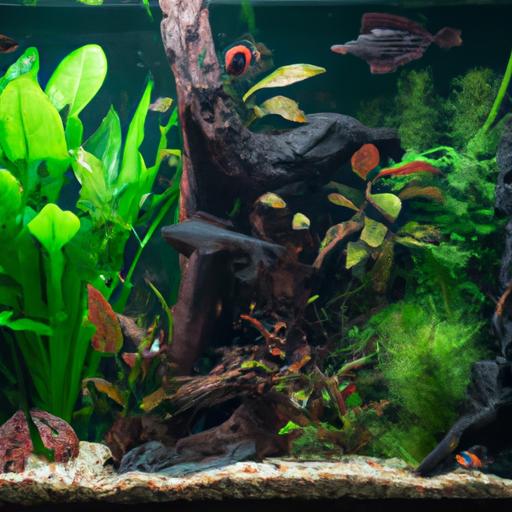
Best Practices for Pleco Fish Tank Setup
Selecting the Right Tank Size
Choosing the appropriate tank size is crucial for the health and well-being of your Plecos. These amazing fish require ample space to swim and explore. A general rule of thumb is to provide a minimum of 20 gallons (75 liters) of water per Pleco. However, larger species may require even more space. By offering them a spacious tank, you create an environment where they can thrive and exhibit their natural behaviors.
Essential Equipment for Pleco Fish Tank Setup
To ensure a successful Pleco fish tank setup, you’ll need the right equipment. Let’s take a closer look at the essential items:
-
Filtration System: A high-quality filtration system is crucial for maintaining optimal water conditions. Plecos produce a significant amount of waste, and efficient filtration helps remove toxins and maintain water quality. A combination of mechanical, biological, and chemical filtration is ideal for keeping the tank environment clean and healthy.
-
Heater: Plecos are tropical fish that thrive in warm water conditions. Invest in a reliable heater to maintain a consistent temperature between 75-82°F (24-28°C). Temperature fluctuations can stress the fish, making them susceptible to diseases.
-
Lighting: While Plecos don’t require intense lighting, providing a low to moderate level of light helps replicate their natural habitat. Choose aquarium lights that mimic natural daylight cycles to support their overall well-being.
Maintaining Water Parameters
Maintaining proper water parameters is essential for the health of your Plecos. Here are some key factors to consider:
-
pH Level: Plecos prefer slightly acidic to neutral water conditions, with a pH range of 6.5-7.5. Regularly check and adjust the pH level to ensure it remains within the recommended range.
-
Water Hardness: Most Plecos thrive in moderately hard water conditions, typically with a hardness level between 5-12 dGH. Test the water hardness regularly and adjust it if necessary using appropriate treatments.
-
Ammonia and Nitrate Levels: Regularly test the ammonia and nitrate levels in your tank. Ammonia and nitrate buildup can be harmful to Plecos. Implement proper filtration, regular water changes, and biological media to control these levels.
Tank Decorations and Hiding Spots
Plecos are known for their love of hiding and exploring. Providing suitable tank decorations and hiding spots is essential for their well-being. Consider the following:
-
Caves and Driftwood: Plecos love hiding in caves and crevices. Incorporate caves, rocky structures, or driftwood into your tank design to create hiding spots for your Plecos. Not only will they feel secure, but it also adds a natural touch to their environment.
-
Live Plants: Adding live plants not only enhances the aesthetics of your tank but also provides additional hiding spots for Plecos. Choose plants that can thrive in the same water conditions as Plecos and ensure they are not toxic to them.
Selecting Suitable Substrate
Choosing the right substrate is crucial for Pleco fish tank setup. Consider these factors:
-
Natural Substrates: Plecos have a natural affinity for natural substrates like sand or fine gravel. These substrates closely resemble their natural habitat, allowing them to exhibit their natural behaviors, such as digging and sifting through the substrate.
-
Avoid Sharp Substrates: While Plecos have a tough skin, it’s best to avoid sharp or abrasive substrates that may cause injury. Opt for smooth and rounded substrates to ensure the well-being of your Plecos.
Feeding Requirements and Recommended Diet
Proper nutrition is vital for the health of your Plecos. Here are some feeding guidelines:
-
Algae and Vegetables: Plecos are primarily herbivores and require a diet rich in algae and vegetables. Introduce algae wafers, spirulina pellets, and blanched vegetables like zucchini or cucumber into their diet. These foods provide essential nutrients and help maintain their digestive health.
-
Supplement with Protein: While Plecos are herbivorous, they also benefit from occasional protein-rich foods. Offer them high-quality sinking pellets or frozen foods like brine shrimp or bloodworms as an occasional treat.
FAQ (Frequently Asked Questions)
1. What is the ideal tank size for Plecos?
The ideal tank size for Plecos is a minimum of 20 gallons (75 liters) per fish. Larger species may require even more space to thrive.
2. What type of filtration system is best for Pleco fish tanks?
A combination of mechanical, biological, and chemical filtration is recommended for Pleco fish tanks to maintain optimal water conditions.
3. How often should water parameters be checked and maintained?
It’s essential to regularly check and maintain water parameters, including pH, water hardness, and ammonia/nitrate levels. Aim for weekly testing and adjustments as needed.
4. What are some suitable tank decorations for Plecos?
Caves, rocky structures, driftwood, and live plants are excellent choices for Pleco tank decorations. These provide hiding spots and mimic their natural habitat.
5. Can Plecos be kept with other fish species?
Plecos can be kept with compatible fish species that share similar water parameter requirements. However, ensure the tank is spacious enough to accommodate all inhabitants comfortably.
Conclusion
In conclusion, setting up a Pleco fish tank requires careful consideration and adherence to best practices. By selecting the right tank size, providing essential equipment, maintaining optimal water parameters, incorporating suitable tank decorations, and offering a balanced diet, you can create an environment where your Plecos will thrive. Follow these practices, and you’ll be well on your way to enjoying a stunning and healthy Pleco fish tank setup. Happy fish-keeping!
